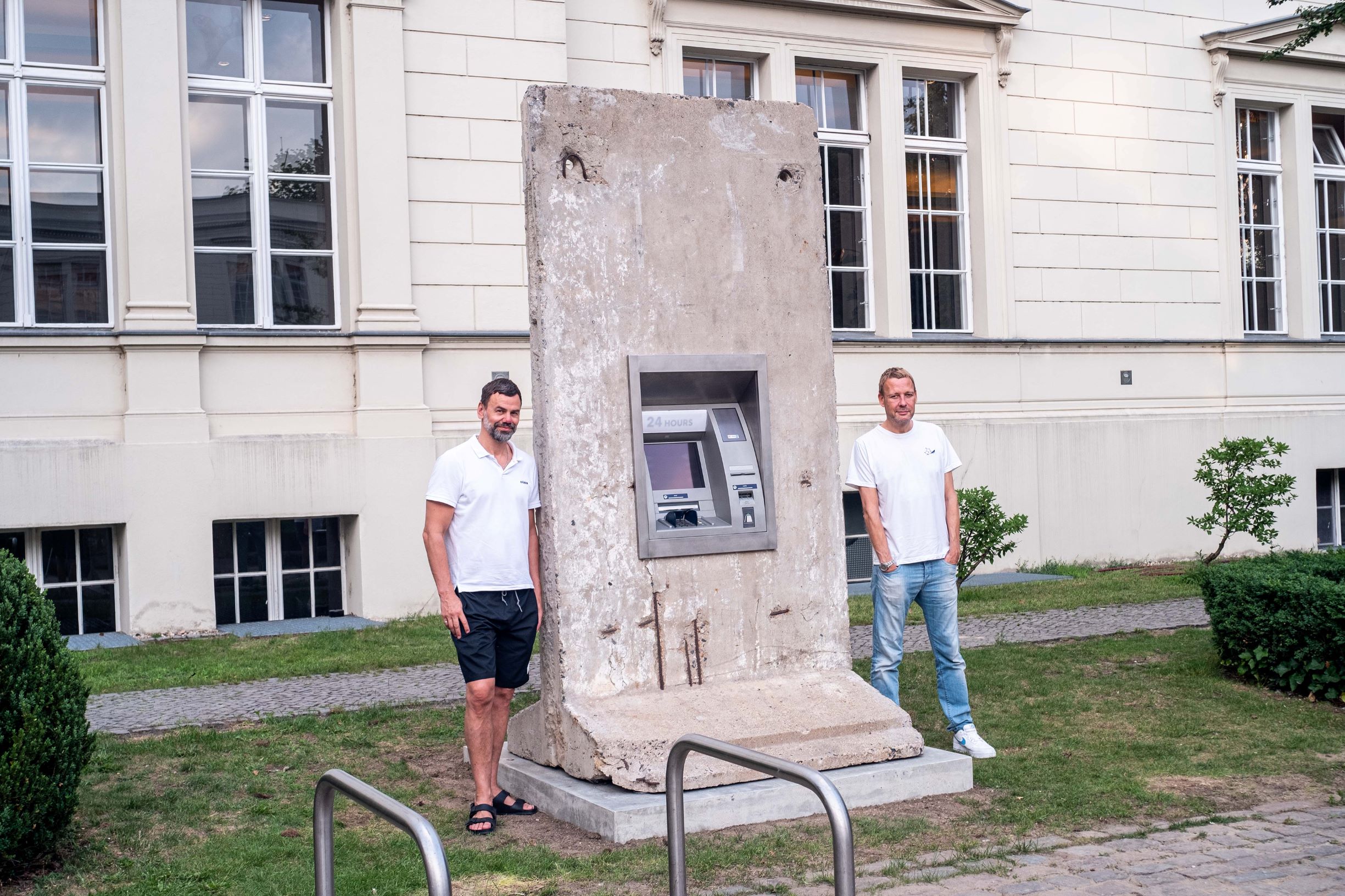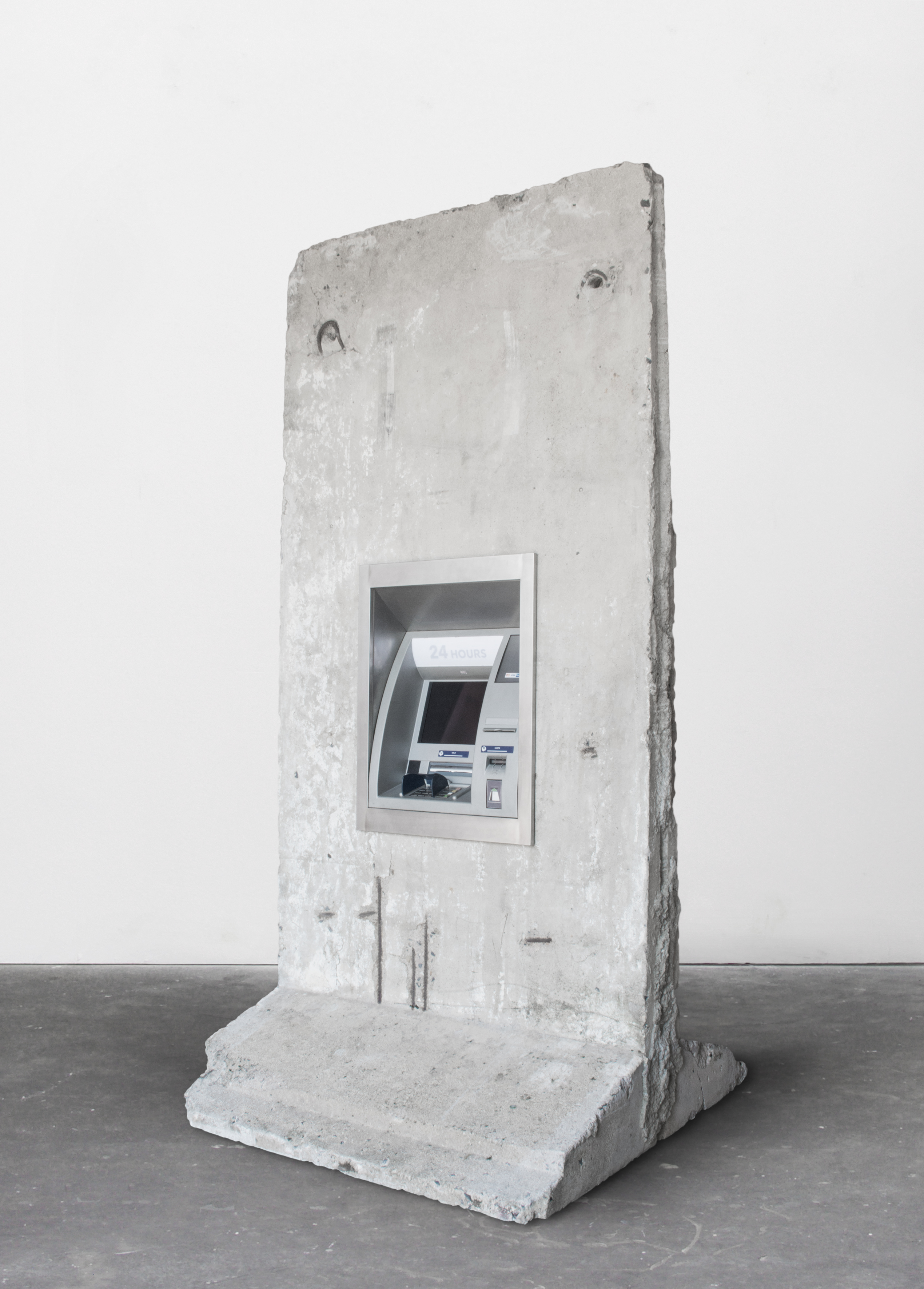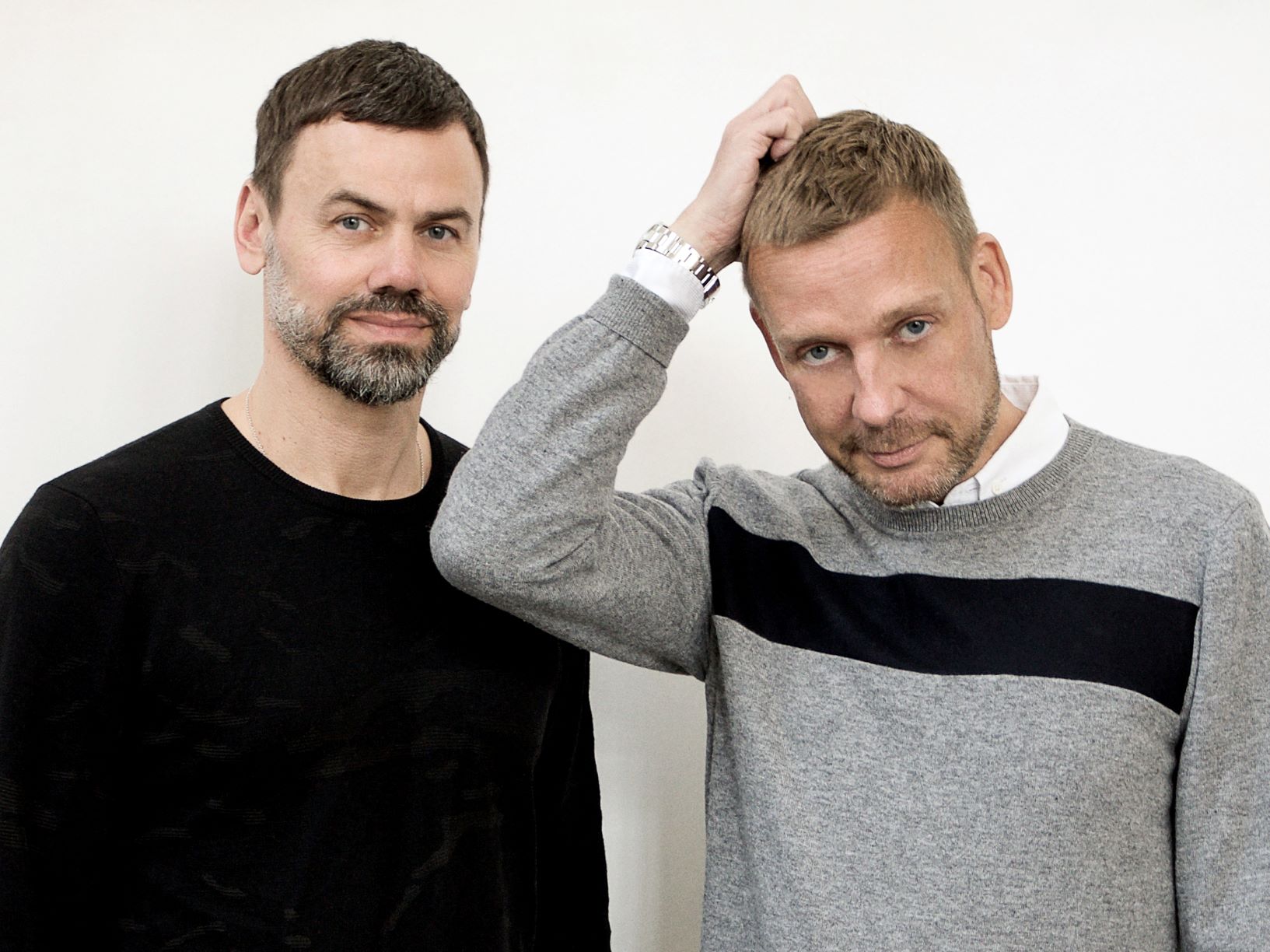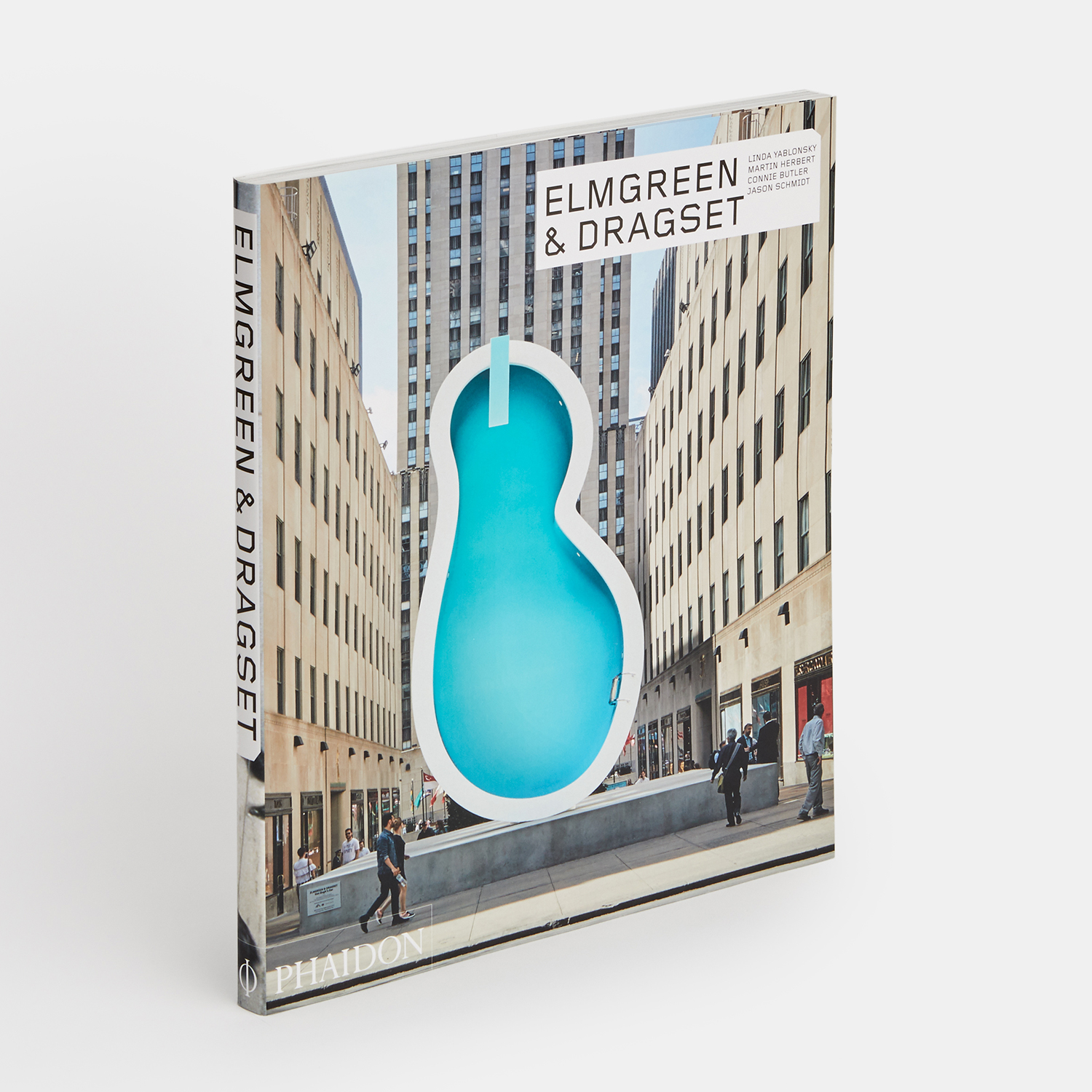
Elmgreen & Dragset on the beautiful mess of 90s Berlin
The artists look back at the fall of the Wall, what came afterwards, and their newly installed tribute to that time
Michael Elmgreen and Ingar Dragset first took an apartment in Berlin in 1996. “Olafur Eliasson, whom we’d known already from Copenhagen, had moved to Berlin. We went to visit him a couple of times and he said ‘Hey, I know someone who’s renting his apartment out for ten months’ and we said, ‘We’ll take it,’” recalls Elmgreen in our new book on the art duo.
“We took it sight-unseen, and it was a lovely apartment in the former East, in Prenzlauer Berg. It had coal heating, no hot water, no shower, toilet in the back, but we loved it. We had amazing parties. Everyone was sitting on the floor, because we only had one chair and one writing desk. It was all very bohemian.”
The Berlin Wall had fallen in 1989, and the artists appreciated the city’s newfound freedom. “Rather than trying to cling onto something that already existed and get a little piece of the cake, you were baking the cake together,” says Dragset.

Now, a permanent reminder of that wall and the freedoms unleashed when it fell is on permanent display beside the Hamburger Bahnhof contemporary art museum in the German capital. Called Statue of Liberty, the piece consists of a genuine slice of the original Berlin Wall, into which the pair have set an ATM.
“Most people from the [East German] German Democratic Republic had high hopes for a better standard of living after unification, but instead many were just left with no job and no dignity,” the artists told Artnews ahead of the unveiling. “In Berlin, several landmarks from that time period were also erased, as if that chapter in history had never happened.”

As successful artists, they can look back on those early days of a united Berlin with some fondness.
“It was a beautiful mess, and no one had a clue about how the different neighbourhoods would develop, which areas would become posh and pricey, and which areas would avoid the worst of gentrification.” They recalled. “Due to a non-existent art market, but a lot of energy and very low rents, you would experience an atmosphere where dinner conversations between gallerists, curators, and artists were never about real estate or the prices of artworks.”
Times change. Statue of Liberty was bought at Art Basel last year from König Galerie by the German industrialist and art collector Heiner Wemhöner, who donated the work to the Hamburger Bahnhof, where it stands as reminder of how things have changed over the past 30 years.
“The title Statue of Liberty might beg the question: ‘What kind of freedom have we obtained?’” the artists say. “Economically, some seem radically freer than others. But the title also speaks about how our idea of freedom is threatened not only locally, but also globally, in our current time.”
For more smart, meditative insight into this art duo's work order a copy of our Elmgreen & Dragset book here.
